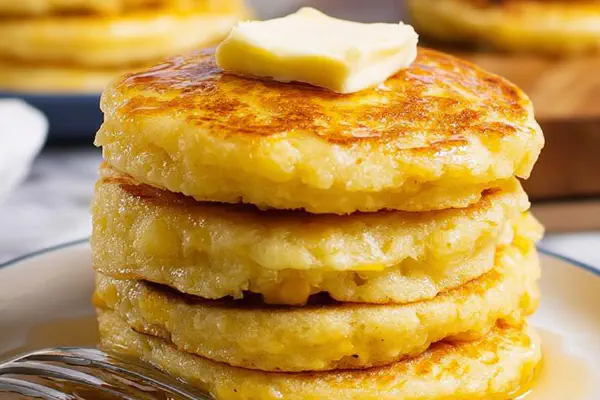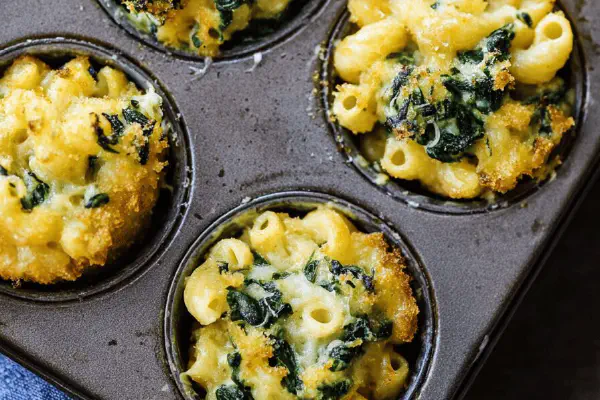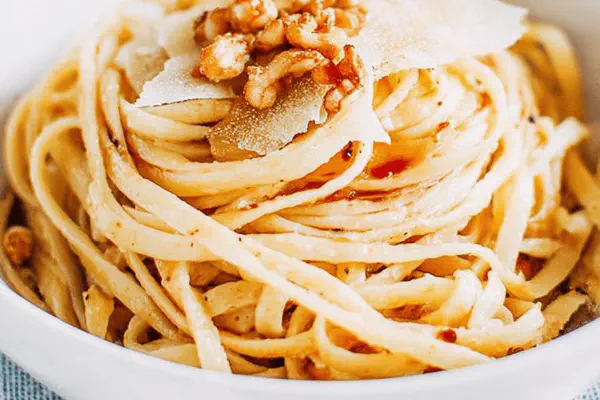Griddle Corn Cakes

By Emma
Certified Culinary Professional
Ingredients
- 1.4 cups cornmeal
- 1 cup whole wheat flour
- 2 1/2 teaspoons baking powder
- 1 1/2 tablespoons sugar
- 1 1/2 teaspoons Kosher salt
- 1 large egg beaten
- 1 1/2 cups milk (can substitute with buttermilk or almond)
- 1 3/4 cups corn kernels fresh or frozen
- vegetable oil or light olive oil for frying
About the ingredients
Method
- Mix dry ingredients first: cornmeal, flour, baking powder, sugar, salt in a large bowl. Whisk to aerate and blend evenly. Don't skip this for even rise.
- Add beaten egg and milk gradually. Stir with a spoon; avoid whisking too much. Batter should hold together but still slightly lumpy. Overmixing = tough cakes.
- Fold in corn kernels gently. Fresh corn pulses when bitten; frozen adds moisture—adjust milk a touch if batter feels too thick.
- Let batter rest 7 minutes off heat. Resting hydrates cornmeal, thickens batter, prevents crumbly cakes.
- Heat cast iron or heavy griddle to moderate heat (around 320°F). Sizzle test with a droplet of water should dance and evaporate fast.
- Coat surface lightly with oil to avoid sticking; too much oil equals greasy texture, too little = burn risk.
- Spoon approx 1/3 cup batter per cake onto pan. Flatten slightly with back of spoon for even thickness.
- Cook 3-4 minutes per side. Look for bubbling edges and golden blisters forming before flipping. Flip once; double flipping dries cakes.
- After cooking, keep cakes warm in low oven (~200°F) on parchment paper to stay crisp but soft inside.
- Top with butter, honey, or sharp cheese. Savory add-ins like jalapeños or scallions work well—add in step 3 for uniform distribution.
- If cakes are too dense, check flour type and baking powder freshness. If too wet, sprinkle more cornmeal next batch.
- Use residual heat cues by gently pressing; cakes should spring back slightly when ready.
Cooking tips
Chef's notes
- 💡 Dry mix first. Cornmeal, flour, powder, sugar, salt—whisk well until blended. Don’t skip or rise suffers unevenly. I learned the hard way. Whisk so air gets trapped. That’s key for lightness without fluff.
- 💡 Add eggs and milk slowly. Avoid whisking vigorously. Spoon stir only. Batter should look bumpy, not smooth. Overmixed batter turns tough; texture changes fast. I caught this after dense cakes doubled up.
- 💡 Fold corn last. Fresh or frozen. Fresh pops when bitten; frozen can add moisture, watch batter thickness then. Adjust milk a bit if too thick. Too wet makes flat cakes. Rest batter 7 easy minutes after folding. Thickens batter, no crumbs later.
- 💡 Heat pan moderate about 320°F. Cast iron or heavy griddle. Water drop sizzles, evaporates fast—test first. Oil thin spread; too much oil = greasy, too little burns. Balance important. Sizzle sound tells when ready. A sizzling symphony.
- 💡 Spoon 1/3 cup per cake. Flatten slightly with spoon’s back for even thickness. Don’t shape perfect disks; uneven bubbles on edges signal outer crust forming. Cook 3-4 minutes each side. Flip once. Double flip dries interior. Not intuitive, but crucial.
- 💡 Keep cooked cakes warm on parchment in oven ~200°F. Stops crisp crust from getting soggy. Keep dry but soft inside. I skip this at own risk. Hold till serving. Butter, honey, sharp cheese toppings waiting.
- 💡 If dense, check flour type and baking powder age. Whole wheat can toughen; increase liquids a touch. Old powder = flat cakes. If batter too runny, sprinkle cornmeal next batch. Adjust on sight and feel. Baking powder test: pinch in warm water, bubbles or stale.
- 💡 Press gently after cooking. Should spring back, slight bounce. Tap sound changes from crackle to soft. Visual cues: bubbling edges turning golden with tiny blisters, smell sweet corn caramelizing. Fine line between charred and cooked through.
Common questions
Why fold corn kernels last?
Keeps kernels intact. Fresh corn pops; frozen adds moisture. Folding too early breaks kernels, loses texture. Better bites with this step. Hydrates batter too when resting after.
Can I substitute flour?
Whole wheat works but toughens. Use a bit more liquid then. White flour lighter but less nutty flavor. Almond or gluten-free flours not tested here. Adjust moisture to keep batter thick but pourable.
My cakes turn dense not fluffy?
Likely expired baking powder or too much mixing. Dry ingredients not well combined or batter over mixed activates gluten. Check powder age; test with warm water bubbles. Mix gently, stop when lumps remain.
How to store leftovers?
Wrap tight to avoid drying out. Refrigerate; reheat in oven or pan for crisp crust. Microwave kills crust texture. Freeze wrapped individually; reheat same way. Cool completely before storage to avoid soggy bottoms.



